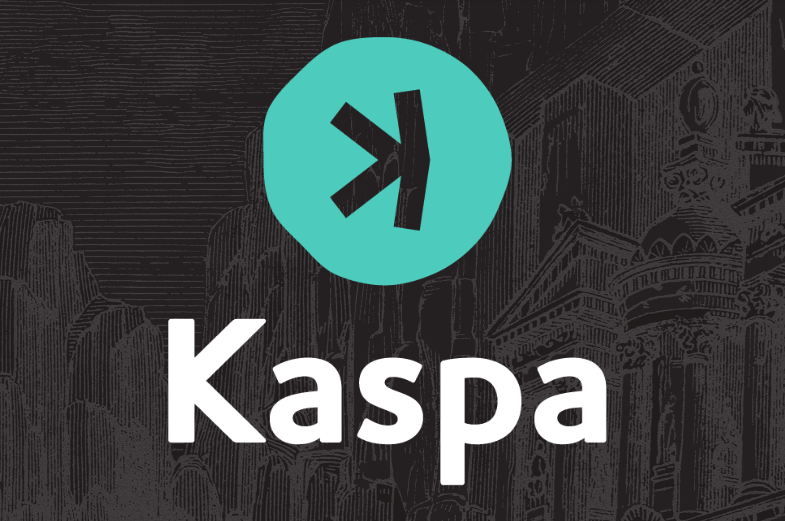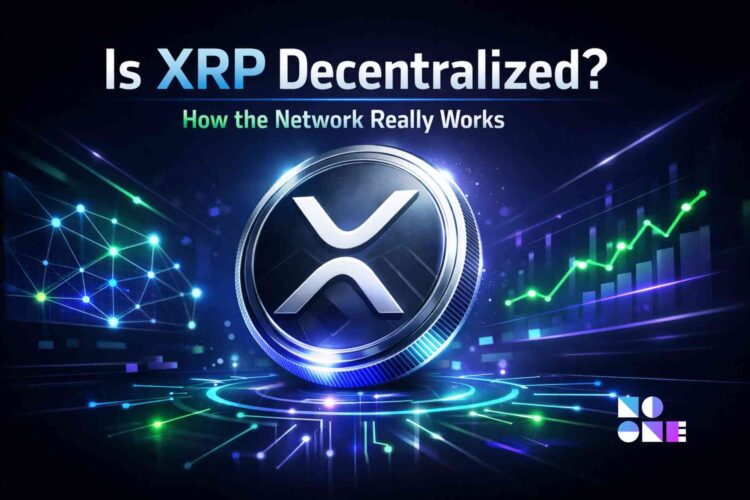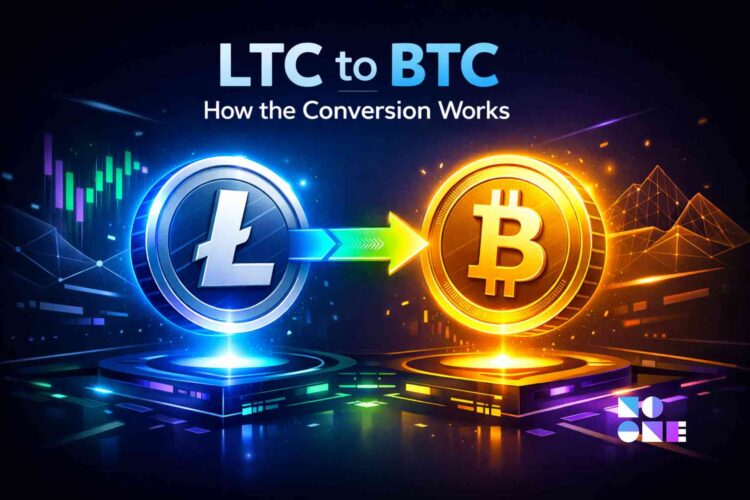Kaspa (KAS) has emerged as one of the lesser-known Layer 1 blockchain projects, drawing attention from a segment of the crypto community due to its distinct technical design. As with many digital assets, its price has experienced volatility, and future performance remains uncertain.
This article presents an outlook on Kaspa’s potential price movements through 2025, 2027, 2030, 2035, and 2040, based on current market trends, technical factors, and broader economic conditions. The aim is to provide informational context for those tracking KAS and similar assets in a rapidly changing and often unpredictable cryptocurrency market.
What Is Kaspa (KAS)?
Kaspa is a decentralized, open-source cryptocurrency that uses proof-of-work (PoW) as its consensus mechanism. It was designed to address some limitations of earlier blockchain networks, such as slow confirmation times and scalability challenges. Unlike traditional blockchains that produce blocks in a linear sequence, Kaspa uses a Directed Acyclic Graph (DAG) structure known as blockDAG. This allows multiple blocks to be processed simultaneously, which in theory can support higher throughput.
The network aims to maintain the security of PoW systems while offering faster transaction confirmations. Kaspa’s implementation is based on the GHOSTDAG protocol, a variant of the traditional Nakamoto consensus. This protocol allows the network to organize parallel blocks into a coherent ledger without sacrificing decentralization.
Kaspa does not currently support smart contracts or advanced programmability features found in other Layer 1 platforms like Ethereum or Solana. Its primary use case is as a digital currency for peer-to-peer transactions. The coin’s development is ongoing, and adoption levels remain relatively limited. As with many emerging projects, its future depends on continued technical development, community interest, and broader market conditions, all of which remain uncertain.
Kaspa (KAS) Price Prediction for 2025, 2027, 2030, 2035, 2040
As of May 30, 2025, the price of Kaspa (KAS) is $0.093. Its market capitalization stands at $82.68 million, placing it just above the 40th position on CoinMarketCap.
In the table below, you’ll find our Kaspa price forecast for 2025, 2027, 2030, 2035, and 2040. The projections are based on a combination of fundamental and technical analysis. Below the table, we provide detailed explanations supporting each prediction.
| Year | Price Prediction | ROI of your investment (if you buy the coin now) |
| 2025 | $0.19 | 104.30% |
| 2027 | $0.14 | 50.54% |
| 2030 | $0.5 | 437.63% |
| 2035 | $0.95 | 921.51% |
| 2040 | $1.9 | 1,943.01% |
2025
In 2025, the crypto market is anticipated to grow significantly due to renewed investor confidence, increasing adoption, and global economic uncertainty pushing capital toward decentralized assets. Kaspa (KAS), known for its high-throughput blockDAG architecture and strong developer activity, is well-positioned to benefit from this momentum. The increased attention on scalable and efficient networks could lead to more institutional and retail interest in Kaspa. By the end of 2025, KAS is expected to reach $0.19.
2027
As the market prepares for Bitcoin’s next halving in 2028, 2027 could bring a period of cooling across the crypto sector. Historically, this pre-halving phase involves price corrections and reduced hype, leading to a more subdued investor climate. Kaspa’s strong fundamentals may help limit downside movement, but overall market conditions are expected to drag prices lower. As a result, the KAS token could reach $0.14 by the end of 2027.
2030
Following the expected 2028 Bitcoin halving and the likely bull run in 2029, 2030 could be a strong year for most cryptocurrencies. As blockchain infrastructure becomes more critical in real-world systems, scalable solutions like Kaspa could see heightened demand. Assuming continued ecosystem development and growing network usage, KAS is forecasted to climb to $0.50 by the end of 2030.
2035
By 2035, widespread blockchain integration into finance, logistics, and data systems could drastically increase demand for fast, secure transaction layers. Kaspa’s blockDAG design may be particularly valuable in this future, offering near-instant finality and high throughput. If the project maintains its development pace and adoption grows globally, KAS could reach $0.95 by the end of 2035.
2040
With another Bitcoin halving expected around 2040 and continued digital transformation, the crypto market may enter a phase of mainstream maturity. Decentralized networks with proven scalability will be central to this evolution. If Kaspa sustains its relevance through technological upgrades and network expansion, its price could climb to $1.90 by the end of 2040.
Kaspa (KAS) Price Analysis for the Past Several Years
The table below offers a closer look at KASPA’s historical price fluctuations, along with possible factors that may have influenced them. This analysis helps illustrate broader market trends.
Please note that past performance is not indicative of future results.
| Date | Price | Why the price dropped/rose to this level (what influenced the price change) |
| Nov 7, 2021 | $0.0002 | Kaspa launched on November 7, 2021, with an initial price of approximately $0.0002. The project gained attention in crypto circles due to its unique GHOSTDAG protocol and focus on high-throughput, proof-of-work consensus. Early activity was modest, with the token largely flying under the radar. |
| Jan 10, 2022 | $0.0021 | By January 10, 2022, KAS reached $0.0021, boosted by early adopters in the mining community and increased interest in Layer 1 blockchain alternatives. The project’s open-source development attracted attention from technically inclined investors. |
| Jun 15, 2022 | $0.0008 | On June 15, 2022, Kaspa dropped to $0.0008 amid a broader crypto market downturn. Liquidity concerns and macroeconomic uncertainty impacted nearly all digital assets, and KAS was not exempt from the wave of bearish sentiment. |
| Nov 8, 2022 | $0.0035 | By November 8, 2022, KAS had rebounded to $0.0035, fueled by a wave of community-driven mining and growing awareness of the project’s fast confirmation times. Increased visibility on social platforms also contributed to the upward movement. |
| Apr 5, 2023 | $0.022 | Kaspa's price rose sharply to $0.022 on April 5, 2023. This surge was driven by listings on additional exchanges, along with rising demand from miners and retail investors seeking new proof-of-work opportunities outside of Bitcoin. |
| Oct 19, 2023 | $0.043 | On October 19, 2023, KAS peaked at $0.043, benefiting from the broader altcoin rally and momentum from integration into select crypto wallets and applications. The token reached new visibility among general crypto audiences. |
| May 25, 2024 | $0.16 | As of May 25, 2024, Kaspa traded at $0.16, marking its highest price to date. The steady climb reflected sustained interest from the mining community, positive sentiment from scalability proponents, and broader altcoin recovery across the market. |
Q&A
Is KAS a good investment?
Before making any financial decisions, it is crucial to conduct your own research. This article does not provide investment advice and is intended for informational purposes only. Always consider your financial goals, risk tolerance, and market understanding before investing in any cryptocurrency, including KAS.
What will be the KAS price in 10 years?
Assuming the Kaspa project continues to develop and adoption grows, the projected price for KAS by 2035 could reach around $0.95. This estimate is based on a combination of historical performance, current trends, and market potential, though long-term forecasts remain speculative.
Should you buy KAS now?
The decision to invest in KAS—or any cryptocurrency—should be based on a comprehensive assessment of the market, your financial situation, and the asset’s fundamentals. As of May 2025, KAS has shown upward momentum but is still trading below its all-time high. Community sentiment remains positive, with 89% of CoinMarketCap users bullish on its future.
Conclusion
Kaspa’s price history reflects its gradual emergence from a niche project to a more widely recognized proof-of-work contender. While volatility remains, growing adoption, technical development, and miner interest have contributed to its upward trajectory. Future performance will likely depend on broader market trends and continued protocol advancement.



